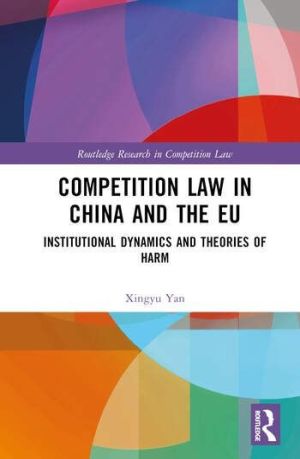
This book presents a comprehensive review of the Chinese and European response to market dominance abuse, emphasizing the impact of antitrust institutional dynamics on actual enforcement decisions.
The book uses the methods of functional comparison and case analysis to investigate how theories of harm relating to a particular type of abuse differs within a competition law regime and across regimes due to institutional dynamics. The Chinese and EU competition law regimes serve as excellent examples for this investigation because they have similar substantive laws on paper but vastly different institutional settings. The book examines—first individually and then comparatively—how the different institutional dynamics flowing within the Chinese and EU regimes shape the development of theories of harm.
This volume will be of interest to competition law scholars, students, and practitioners who are looking for a more nuanced understanding of how competition law works in the EU and China. It will also appeal to scholars who are interested in studying the Chinese legal system from an engaging rather than alienating standpoint.